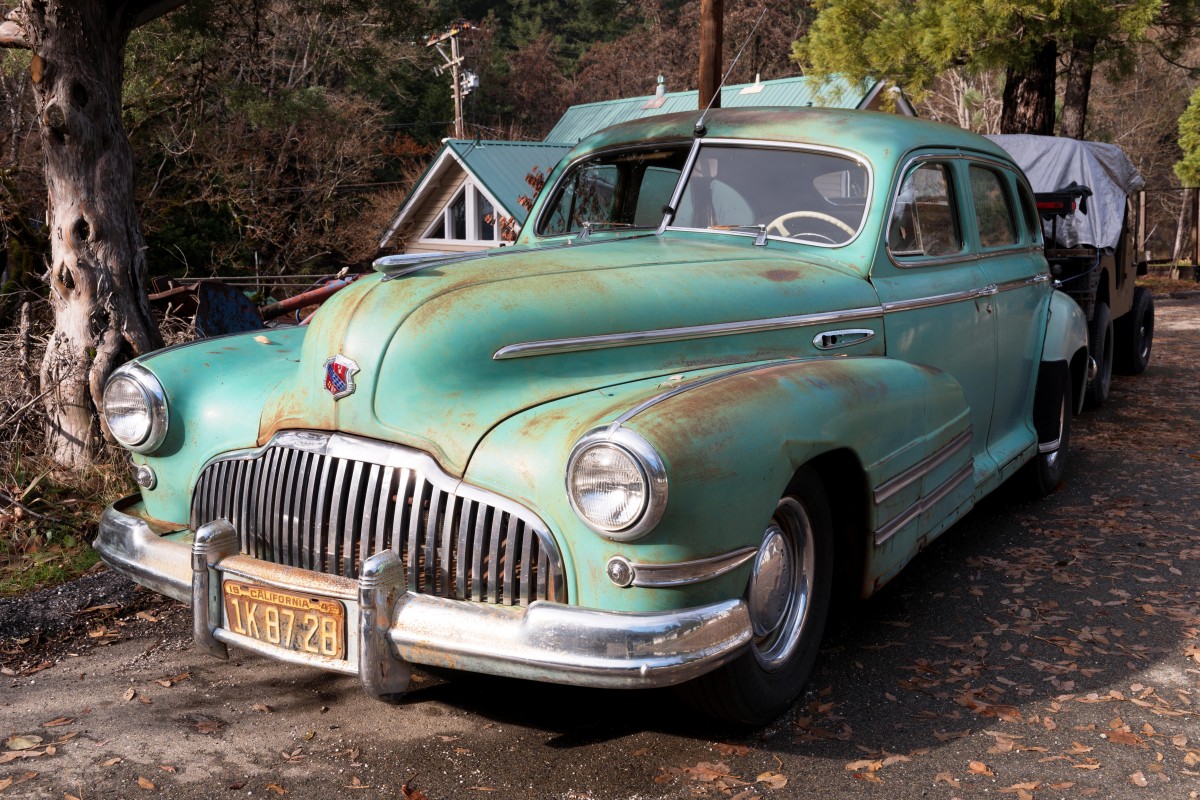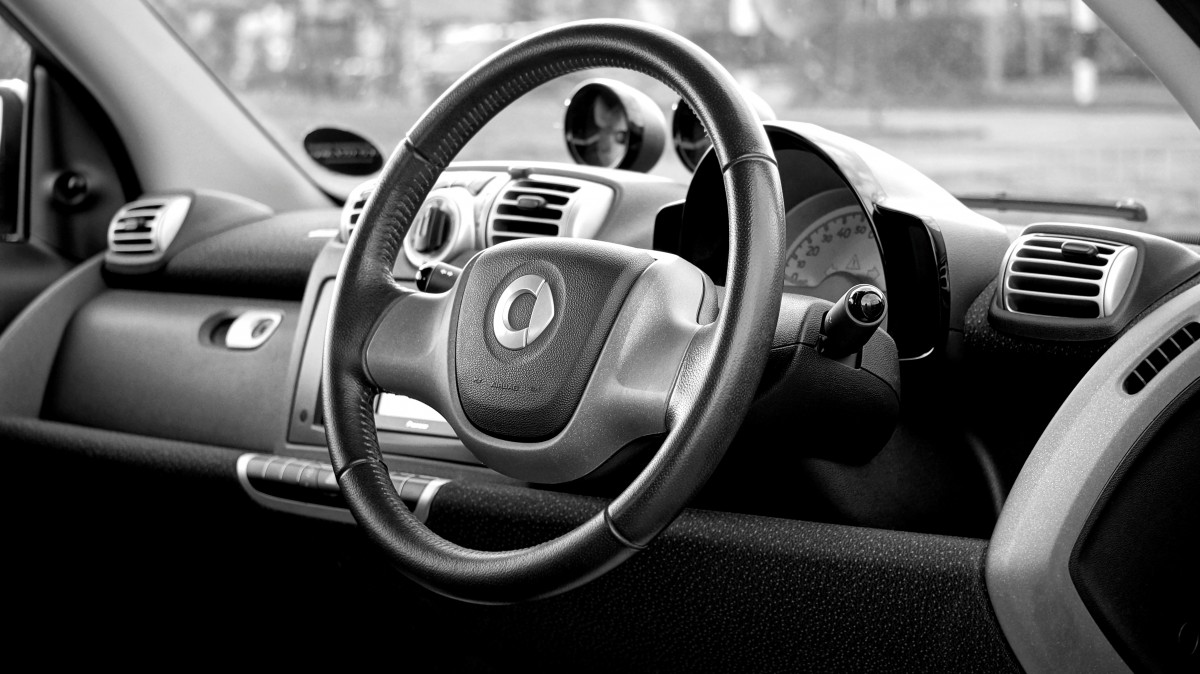Introduction: The Lifelines of Your Vehicle’s Engine
For the vast majority of car owners, routine vehicle maintenance often remains relegated to the annual or biannual oil change appointment, viewed primarily as an inconvenience rather than a critical preventative measure. However, underneath the hood of every modern vehicle lies a complex, interdependent network of systems that rely entirely on the precise viscosity, level, and quality of various essential fluids.
These fluids—ranging from the engine’s oil to the transmission’s lubricant and the braking system’s hydraulic fluid—are, quite literally, the lifelines of the car. They act as cleaners, coolants, and energy transmitters. Neglecting these core fluid checks is the single greatest precursor to catastrophic and expensive mechanical failure, often leading to engine seizure, transmission burnout, or complete brake failure.
The costly reality is that a quick, five-minute visual inspection performed monthly can prevent a thousand-dollar repair bill that results from overheating or friction damage. Unlike major components which signal failure with loud noises, essential fluids often diminish or degrade silently, giving the driver no warning until permanent damage has already occurred.
Mastery of these simple, accessible checks empowers the car owner to move beyond reliance on guesswork and dealer mechanics. This provides objective insight into the vehicle’s true internal health. This proactive approach not only extends the operational life of the vehicle but also ensures optimal performance and maximum safety on the road.
This comprehensive guide is designed to serve as your definitive, step-by-step instruction manual for performing all essential fluid checks monthly. We will meticulously dissect the function of each crucial fluid, explain the correct way to read the dipsticks and reservoirs, detail the warning signs of degradation, and provide actionable advice on when to top up or seek professional replacement. By integrating these simple monthly rituals into your maintenance routine, you will secure the longevity of your vehicle, maximize its resale value, and drive with unparalleled confidence and awareness.
Part I: The Engine Oil System (The Lifeblood)
Engine oil is arguably the most critical fluid in your vehicle, responsible for lubricating moving parts, cooling the engine, and preventing premature wear.
A. Function and Criticality
Engine oil reduces friction between the engine’s internal components, which generates heat and wear.
- Lubrication: Oil creates a necessary film between parts like pistons and cylinders, preventing metal-on-metal contact that would otherwise cause immediate and irreparable damage.
- Cooling: Oil helps draw heat away from the engine block and transfers it to the oil pan, contributing significantly to temperature regulation.
- Cleaning: Oil picks up contaminants, dirt, and microscopic metal particles created by combustion and friction, holding them in suspension until the oil is changed.
B. The Monthly Check Procedure
Checking the oil level and condition is a simple, two-minute task that should be done on a cool engine.
- Parking and Cooling: Ensure the car is parked on level ground and the engine has been turned off for at least 10 minutes, allowing the oil to drain completely back into the oil pan.
- Dipstick Check: Pull the dipstick out, wipe it clean with a rag, reinsert it fully, and pull it out again. Read the oil level. The oil mark must fall between the “Min” (or “Add”) mark and the “Max” (or “Full”) mark. If it is below the “Min” mark, add the appropriate oil type immediately.
- Condition Check: Observe the color and texture of the oil. New oil is golden amber. Dark brown or black oil is normal for older oil, but oil that is thick, gritty, or has a milky, yellowish appearance (indicating coolant contamination) is an immediate red flag requiring professional diagnosis.
C. When to Change Oil
While level is important, oil degrades over time and use, necessitating replacement.
- Mileage vs. Time: Adhere to the manufacturer’s recommended service schedule (usually based on mileage, e.g., every 5,000 to 7,500 miles, or time, e.g., every six months, whichever comes first).
- Oil Type: Ensure you use the exact viscosity and type of oil (conventional, synthetic blend, or full synthetic) specified in your owner’s manual. Using the wrong oil compromises its protective properties.
Part II: The Cooling System (Temperature Regulation)

The cooling system, primarily relying on coolant (antifreeze), prevents the engine from overheating or freezing.
A. Function and Criticality
The coolant system maintains the engine’s operating temperature within a narrow, safe range, essential for performance and longevity.
- Heat Transfer: Coolant absorbs heat from the engine block and cylinder head and carries it to the radiator, where the heat is dissipated into the air.
- Corrosion Prevention: Antifreeze contains vital additives that prevent corrosion and rust buildup within the engine and radiator, which can cause internal damage and leaks.
- The Monthly Check: Check the level of the coolant in the transparent plastic overflow reservoir, which is usually located next to the radiator. The level should fall between the “Low” and “Full” lines when the engine is cool.
B. Safety Precautions and Topping Up
Coolant system checks and maintenance require specific safety measures.
- Never Open Hot: Never attempt to open the radiator cap or the reservoir cap if the engine is hot. The system is pressurized, and superheated coolant can spray out, causing severe burns. Wait until the engine is completely cool.
- Proper Mix: If the level is low, top up the reservoir with a 50/50 mix of the correct type of antifreeze and distilled water. Using plain tap water can lead to mineral buildup and corrosion.
- Immediate Diagnosis for Leaks: Coolant loss is always a serious sign of a leak (e.g., in the radiator, hoses, or water pump). Consistent topping up is not a fix and requires an immediate professional inspection.
Part III: Transmission and Brake Fluids (The Control System)

These two fluids are vital for control, power transfer, and, most importantly, driver safety.
A. Transmission Fluid (Power Transfer)
Transmission fluid lubricates the complex gears and clutches, regulates the transmission’s temperature, and transmits power.
- Level Check Procedure (Variable): Checking this fluid is often more complex and varies greatly between automatic and manual transmissions. Some modern vehicles do not have a transmission dipstick and require professional checking. If your car has a dipstick, check it while the engine is warm and running (refer to the owner’s manual).
- Condition Check: The fluid should be bright red or pink. Fluid that appears dark brown or smells burnt indicates severe contamination, friction, and heat damage to the transmission’s components, requiring an immediate flush.
- Proactive Change: Unlike engine oil, transmission fluid typically has a much longer service interval, but it should be checked for color and level monthly.
B. Brake Fluid (Hydraulic Safety)
Brake fluid is a non-compressible hydraulic fluid that transfers the force applied to the brake pedal to the wheel calipers, initiating a stop.
- Level Check: Locate the small, translucent reservoir near the firewall. The level should be maintained between the “Min” and “Max” fill lines.
- Warning Sign: A sudden drop in the brake fluid level is a critical safety warning, indicating a leak in the brake lines, calipers, or master cylinder. This requires immediate professional inspection and driving should be suspended.
- Never Top Up for Low Level: Unlike other fluids, brake fluid loss is rarely due to normal consumption. If the level is low, it usually means the brake pads are severely worn. If the reservoir is topped up without addressing the pads, it masks a dangerous wear issue.
- Degradation Check: Brake fluid is hydroscopic, meaning it absorbs moisture over time. Moisture lowers the fluid’s boiling point, which can lead to brake failure under heavy use. Brake fluid should be professionally flushed and replaced every 2 to 3 years.
Part IV: Ancillary Fluids and Final Checks
These secondary fluids are essential for vehicle visibility, comfort, and the longevity of specialized systems.
A. Power Steering Fluid (If Applicable)
Most modern vehicles use electric power steering (EPS), which requires no fluid. For older vehicles with hydraulic steering, the fluid is vital for easy turning.
- Function: Hydraulic fluid assists the driver in turning the steering wheel, making the vehicle responsive.
- Check: Check the reservoir level monthly. Low fluid can lead to whining or groaning noises during turning. Fluid loss typically indicates a leak in the steering pump or hoses.
B. Windshield Washer Fluid
While not mechanically critical, keeping the washer fluid reservoir topped off is crucial for safety and visibility.
- Safety: Clear visibility is a non-negotiable safety requirement. Running out of washer fluid during inclement weather or after a long road trip can create a sudden, dangerous visibility hazard.
- Refill: Use a specialized washer fluid mix that contains de-icers (in winter) or bug removers (in summer). Avoid using plain water, which can freeze or damage the pump.
C. The Battery and Coolant Hoses
The battery requires maintenance, and the hoses require visual integrity checks.
- Battery Health: If your battery is not a sealed unit, check the fluid levels in the cells and top up with distilled water if necessary. Clean any white, corrosive buildup (sulfation) from the terminals to ensure optimal conductivity.
- Hose Integrity: Visually inspect the radiator and heater hoses monthly. Squeeze them gently; they should feel firm, not excessively soft, mushy, or brittle. Hoses that are cracked, bloated, or leaking at the clamps indicate imminent failure due to heat and pressure.
Conclusion: The ROI of Proactive Maintenance
Integrating a comprehensive monthly fluid check into your vehicle maintenance routine is the most effective and cost-efficient preventative action a driver can take. This simple, five-minute ritual, focused on verifying the level and condition of engine oil, coolant, transmission fluid, and brake fluid, serves as a crucial early warning system against developing mechanical catastrophes.
The quick detection of a low coolant level can prevent irreversible engine overheating, just as spotting burnt transmission fluid can preempt a costly gearbox replacement. By adopting this proactive, disciplined approach, car owners move past reactive, expensive repairs and secure the longevity, reliability, and safety of their vehicle.
This commitment to regular, simple fluid checks is an investment in awareness that guarantees maximum operational life and preserves the highest possible resale value for the asset.













